Leading market players invested heavily in research and Development (R&D) to scale up their manufacturing units and develop technologically advanced solutions, which will help the IoT Middleware market grow worldwide. Market participants are also undertaking various organic or inorganic strategic approaches to strengthen and expand their footprint, with significant market developments including new product portfolios, contractual deals, mergers and acquisitions, capital expenditure, higher investments, and strategic alliances with other organizations. Businesses are also coming up with marketing strategies such as digital marketing, social media influencing, and content marketing to increase their scope of profit earnings.
The IoT Middleware industry must offer cost-effective and sustainable options to survive in a moderately fragmented and dynamic market climate.
Manufacturing locally to minimize operational expenses and offer aftermarket services to customers is one of the critical business strategies organizations use in the IoT Middleware industry to benefit customers and capture untapped market share and revenue. The IoT Middleware industry has recently offered significant advantages to the manufacturing industry. Moreover, more industry participants are utilizing and adopting cutting-edge technology has grown substantially.
Major players in the IoT Middleware market, including Microsoft (US), IBM (US), SAP (Germany), Cisco (US), Google (US), Hitachi (Japan), Bosch (Germany), Oracle (US), General Electric (US), Schneider Electric (US), ClearBlade(US), Davra (US), MuleSoft (US), and TIBCO Software (US), are attempting to expand market share and demand by investing in R&D operations to produce sustainable and affordable solutions.
IBM (International Business Machines) is a computer, technology, and IT consulting firm headquartered in the United States. It is the world's largest technology business and the second most valuable worldwide brand. It produces and sells software and computer components, web hosting, and consulting services in fields including mainframe systems and nanotechnology. On June 16, 1911, Charles Ranlett Flint and Thomas J. Watson Sr. created the corporation, which is located in Armonk, New York. IBM announced plans to acquire BoxBoat Technologies, a prominent DevOps consultancy, and corporate Kubernetes-certified supplier, on July 8, 2021
Oracle is the world's most extensive database management firm, with revenues of $100 million and 4,500 end users in 55 different nations. It provides services and goods to enterprise IT settings across the world. Oracle software for the cloud as a solution includes a variety of cloud software programs. Oracle Corporation drove the March 2020 diffusion of Java 14, which is the result of across-the-industry growth involving open review, week builds, and significant involvement between the Oracle technicians and members of the Java programming community via the OpenJDK group and the Java Community Procedure.
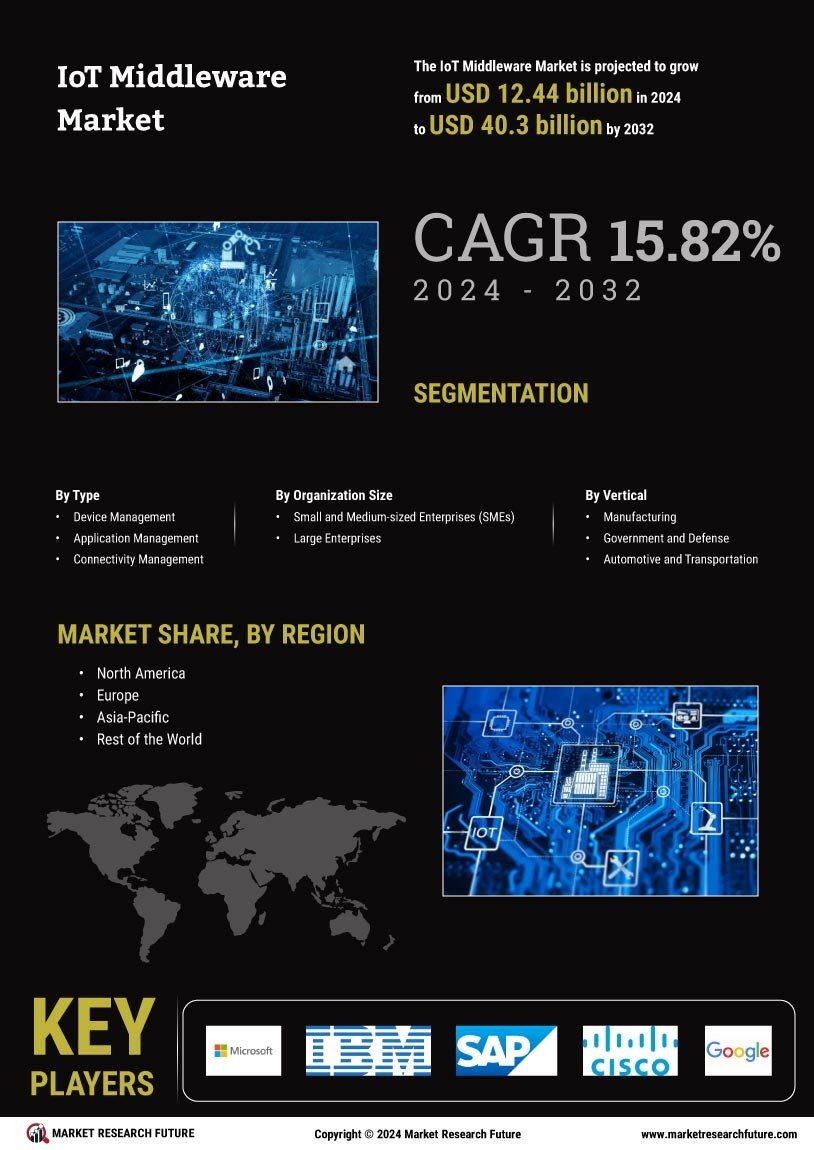

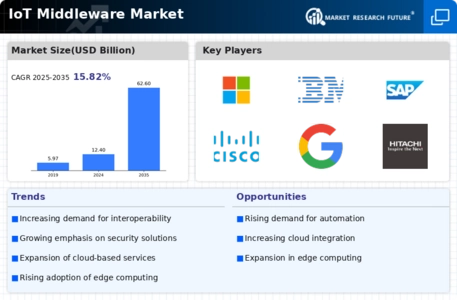
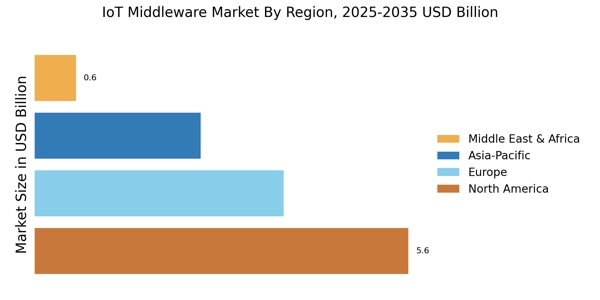
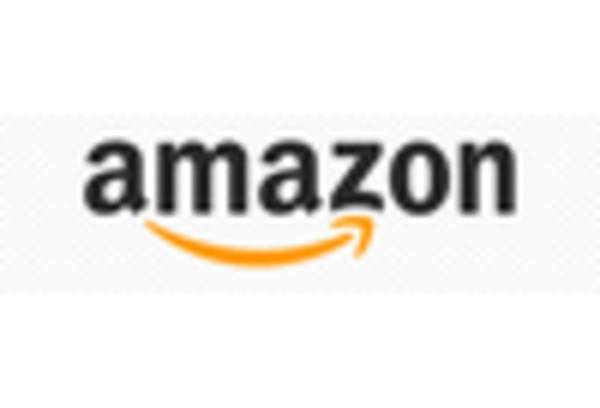
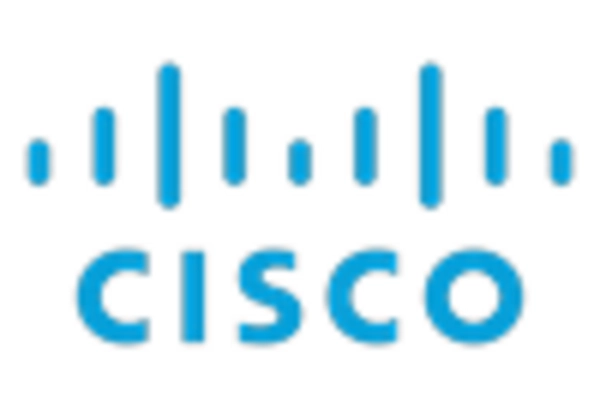
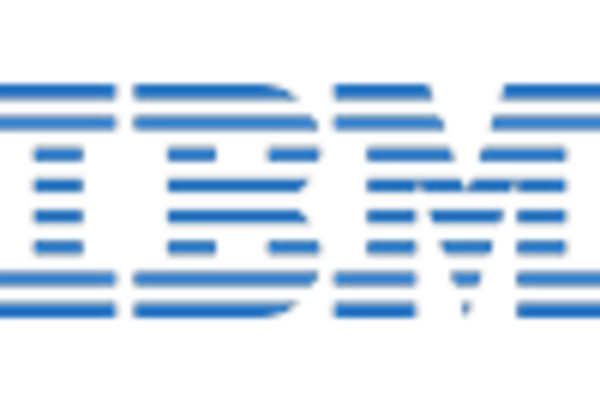
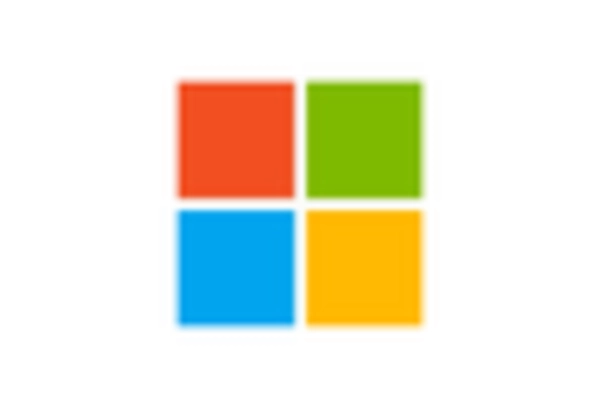
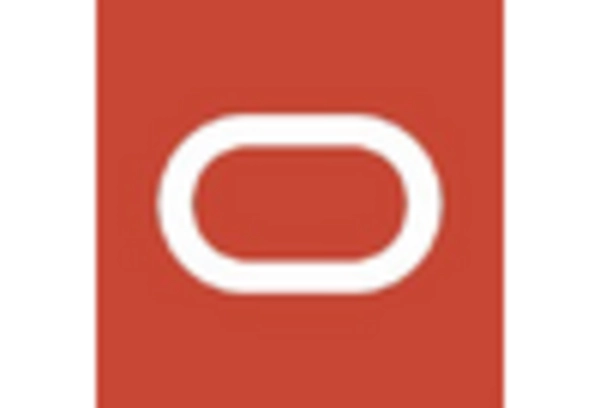
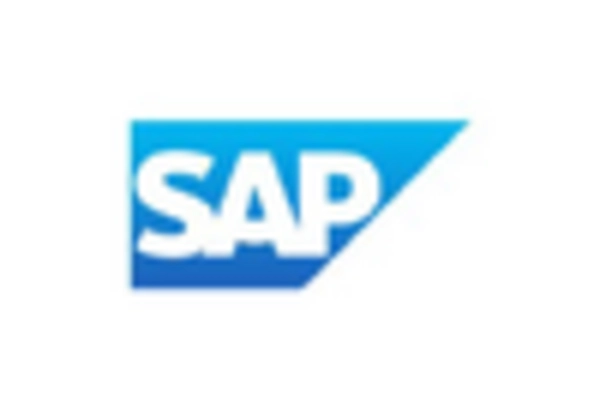








Leave a Comment